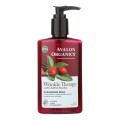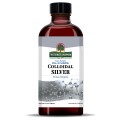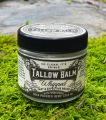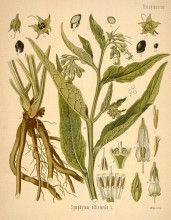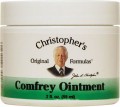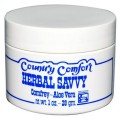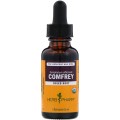 Loading... Please wait...
Loading... Please wait...- Home
- About Us
- Shipping, Returns & FAQ's
- Contact Us
-
For Your Information
- Canadian Customers Have a Choice if Shipping Via UPS
- Aura Cacia Homemade Aromatherapy Recipes
- Bella Nella Altered Art & Paper Crafts Blog
- Forms of Herbal Preparations
- Laundry Tips To Conserve Energy Blog from The Laundress
- The Story of Frontier Natural Products Co-Op
- Sovereign Silver Hydrosol and Aloe Protocol Stops Downward Spiral of Gut Dysbiosis
- Disclaimers
- Recommended Links
- RSS/Recent News
- The Story of Typhoon Housewares
- Reviews/Testimonials
- Raw Ingredients for Mfg
Comfrey Leaf Bulk
Product Description
Comfrey is a perennial herb related to forget-me-not and borage. Also known as Bruisewort and Knitbone, comfrey has earned an entry in every Materia Medica written since the 15th century, although it's been in use for much longer.
Due to the presence of pyrrolizidine alkaloids, comfrey leaf is limited to topical uses today but should not be applied to open wounds.
Active Compounds: Allantoin, phenolic acids, asparagine, tannins, pyrrolizidine alkaloids, triterpenoids
Use to make infusions and infused oils to produce soaps, shampoos, lotions, ointments and salves.
Comfrey is a source of allantoin, a compound used in the cosmetics industry.
Comfrey has been used to treat respiratory problems of pleurisy and bronchial inflammation. It was also once used to treat digestive problems such as irritable bowel syndrome and stomach ulcers. For thousands of years it has also been used to promote healing of injuries.Research shows that some Comfrey Leaf and Root components are useful in cell repair and have anti-inflammatory effects.
Applications: Anti-inflammatory/cell-proliferant
Comfrey is used to aid in healing and reduce inflammation of injuries and infections.
Healing: Comfrey root is used to promote healing of injuries such as broken bones, sprains, bruises, and strains.
Skin: Comfrey, in oil or ointment form, is useful in treating skin conditions. Acne, psoriasis, and boils are all improved by comfrey. It also reduces scar tissue during healing.
Description: Comfrey is a perennial plant that grows up to three feet high. It has bell-shaped flowers that are pink or white. The root and aerial parts are all rich in anti-inflammatory chemicals. The leave and flowers are harvested in the summer and the roots are harvested in the fall.
Comfrey Leaf and Root Dosage: Comfrey compresses can be placed on injuries to reduce the severity of the problem and speed up healing. Infused oil or ointment can be used for this purpose.
Tincture of the root can be applied to acne to reduce spots.
Safety: Comfrey root should not be used on dirty wounds because it can trap dirt. Make sure to apply to clean areas only. It should not be taken internally unless supervised by a health professional.
Precautions: For external use only. Avoid using on broken skin.
Botanical Name: Symphytum officinale
aka: Bruisewort, Radix consolidate, Knitbone. Knitback. Consound. Blackwort. Slippery Root. Boneset. Yalluc (Saxon). Gum Plant. Consolida. Ass Ear.
Origin: Europe
Notes: Kosher Certified. Non-irradiated. Non-GMO. Individuals must exercise their independent judgment in determining its appropriateness for a particular purpose or use. As with any manufacturing process, we suggest a small, lab-scale manufacturing for evaluation purposes prior to full commercial manufacturing.
Specifications are subject to change without notice.
* FDA disclaimer
You Recently Viewed...
Currency Converter
Choose a currency below to display product prices in the selected currency.


